The RAC has acknowledged that retailers will not be able to cut fuel prices, despite plummeting wholesale costs, until they can be confident they can sell it in large enough quantities.
The average cost of filling up a car with unleaded petrol has dropped to its lowest level since May 2016, as a result of the historic oil price falls caused by the coronavirus outbreak, data from RAC Fuel Watch shows.
The average price of a litre of petrol fell by 4.15ppl during April, from 113.1ppl to 108.95ppl while the average price of a litre of diesel fell by nearly 3p from 117.5p to 114p.
With the cost of oil collapsing to its lowest level in 21 years last month – down to $13 a barrel on 21 April – the RAC said there was scope for a further 12ppl to come off the prices of both petrol and diesel. If fully reflected at the pumps, this would see unleaded down to an average price of 96ppl and diesel down to 102ppl.
However, it acknowledged that retailers were not going to reduce prices until they could be confident of selling fuel in large enough quantities.
RAC fuel spokesman Simon Williams said: “The impact of the coronavirus is being felt everywhere – from the steep falls in demand for oil right across the globe, right down to the behaviours of the UK’s millions of drivers who have seen their car use – and their need to fill up – fall away dramatically since the lockdown began.
“While it might seem odd that fuel price falls stalled last month despite wholesale prices coming down yet further, it is explained by the simple fact that UK fuel retailers will have been selling a fraction of what they would normally have sold in the last six weeks.
“We expect that only an easing of lockdown restrictions by the UK Government will trigger forecourts into changing their prices significantly, as this would effectively be a signal to millions that they can start making different types of journeys again by car, not just those currently deemed ‘essential’. As and when they do, drivers could be in line for even cheaper fill-ups in the coming months if wholesale prices remain suppressed, but that remains a big ‘if’ because as soon as more of us start driving the price of oil could begin to increase.
“A cut in oil production, which was previously agreed by some of the world’s largest oil-producing nations, is likely in time to lead to the oil price drifting back up again, although for now supply is outstripping demand so much that it’s hard to see prices increasing by any great margin in May.”





















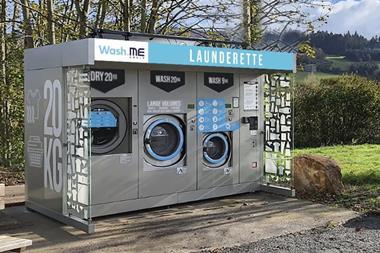
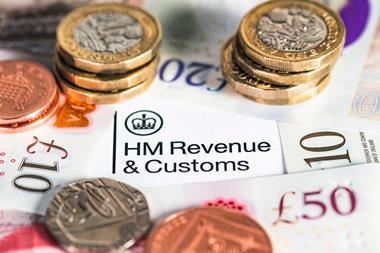
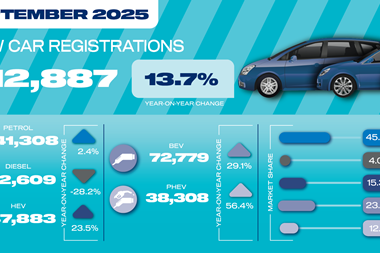
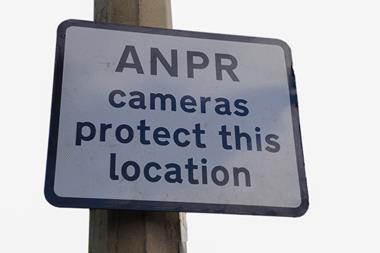
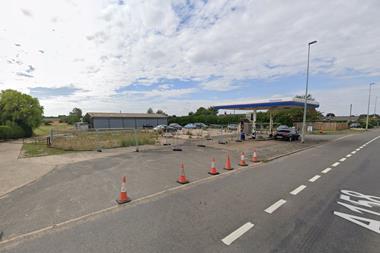
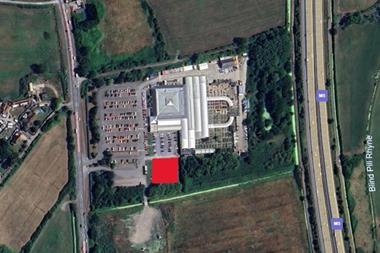

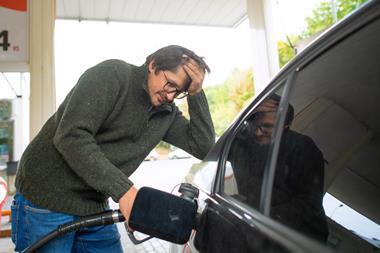
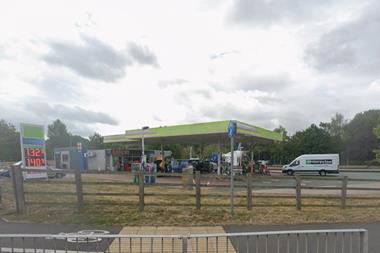
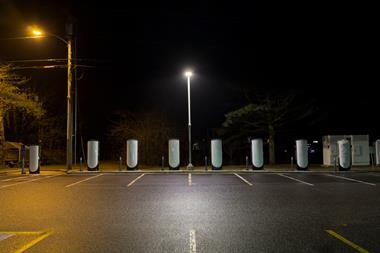
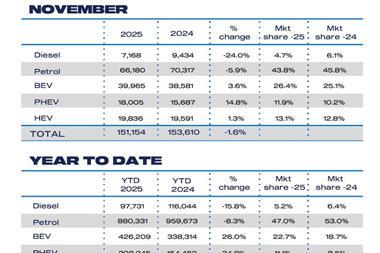

No comments yet